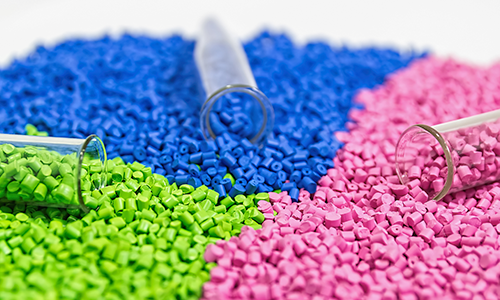Solving Problems for the Next Generation
The recent release of our 2022 Environmental, Social, and Governance (ESG) report demonstrates a continued commitment to leaving the world better than we found it. The pursuit of the goals outlined in this report remains a top priority for our company and this year’s edition reflects both our current focus areas and future ambitions.













